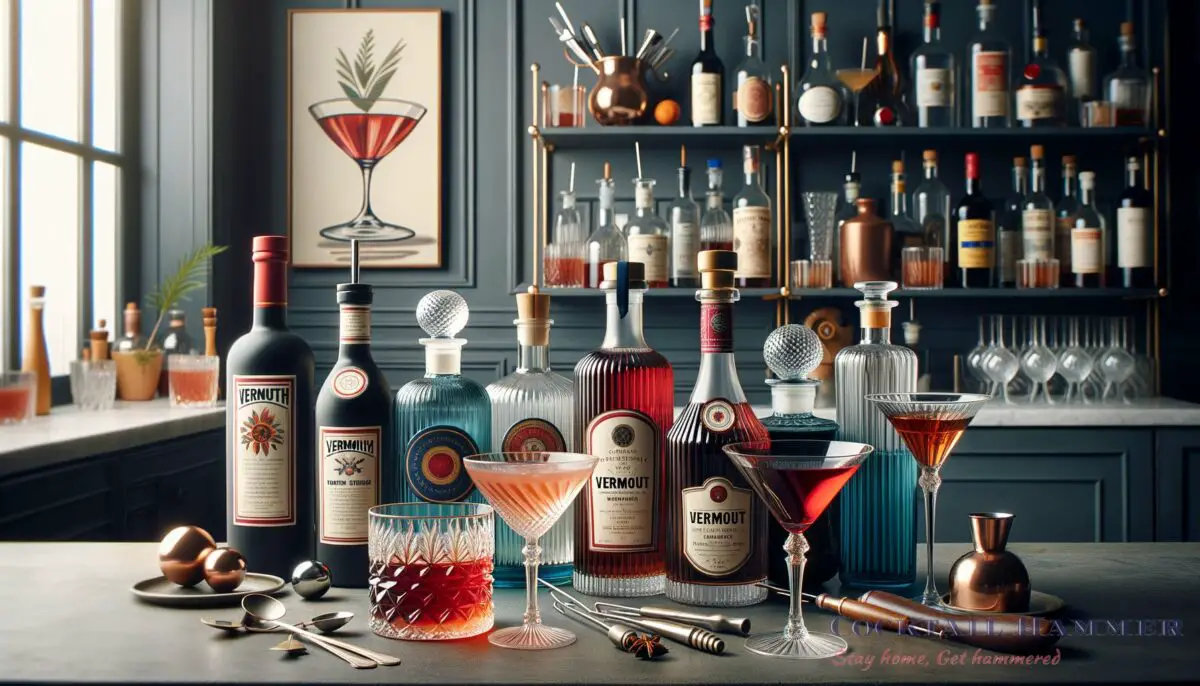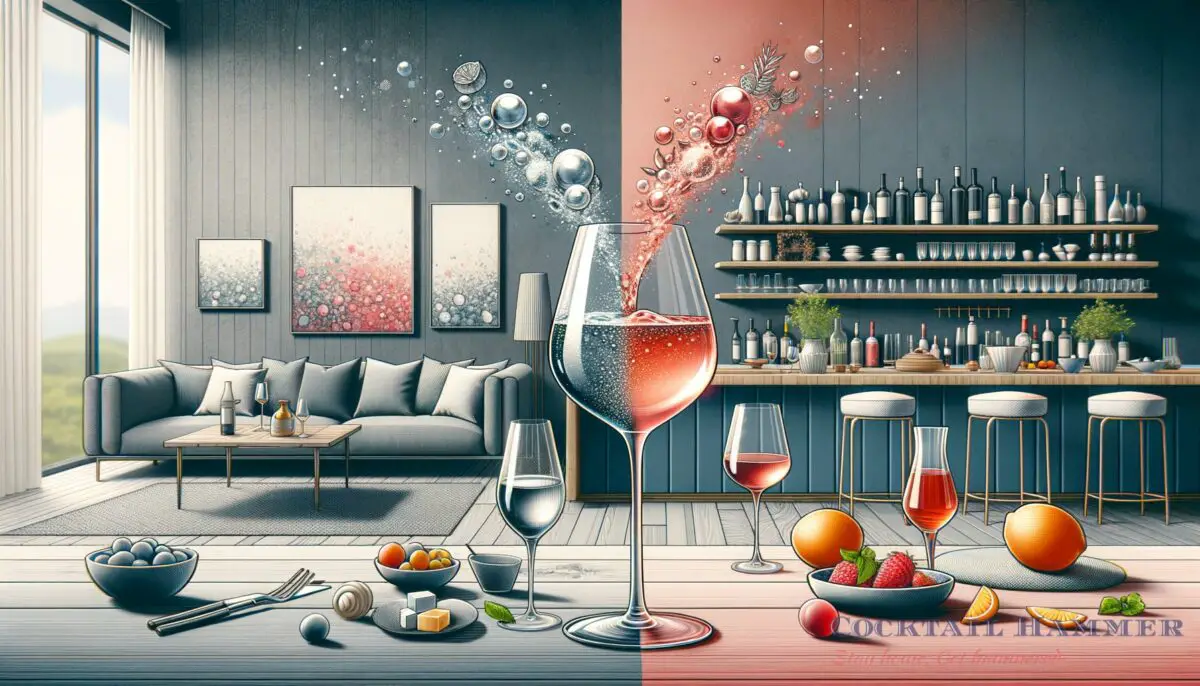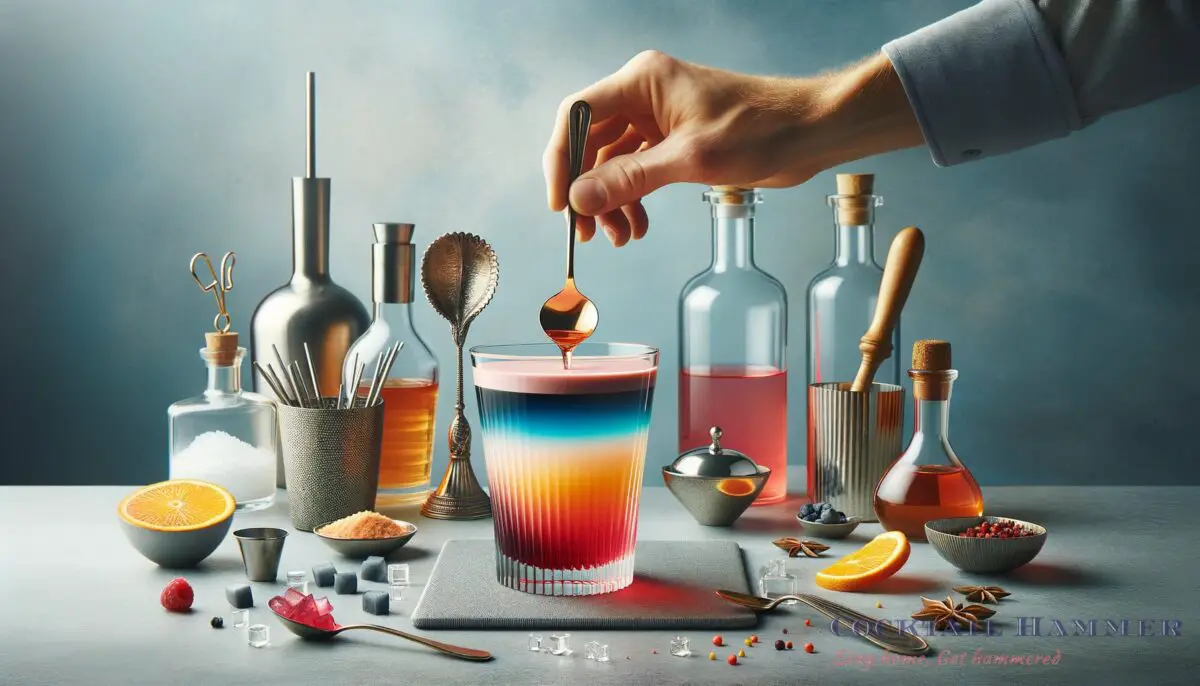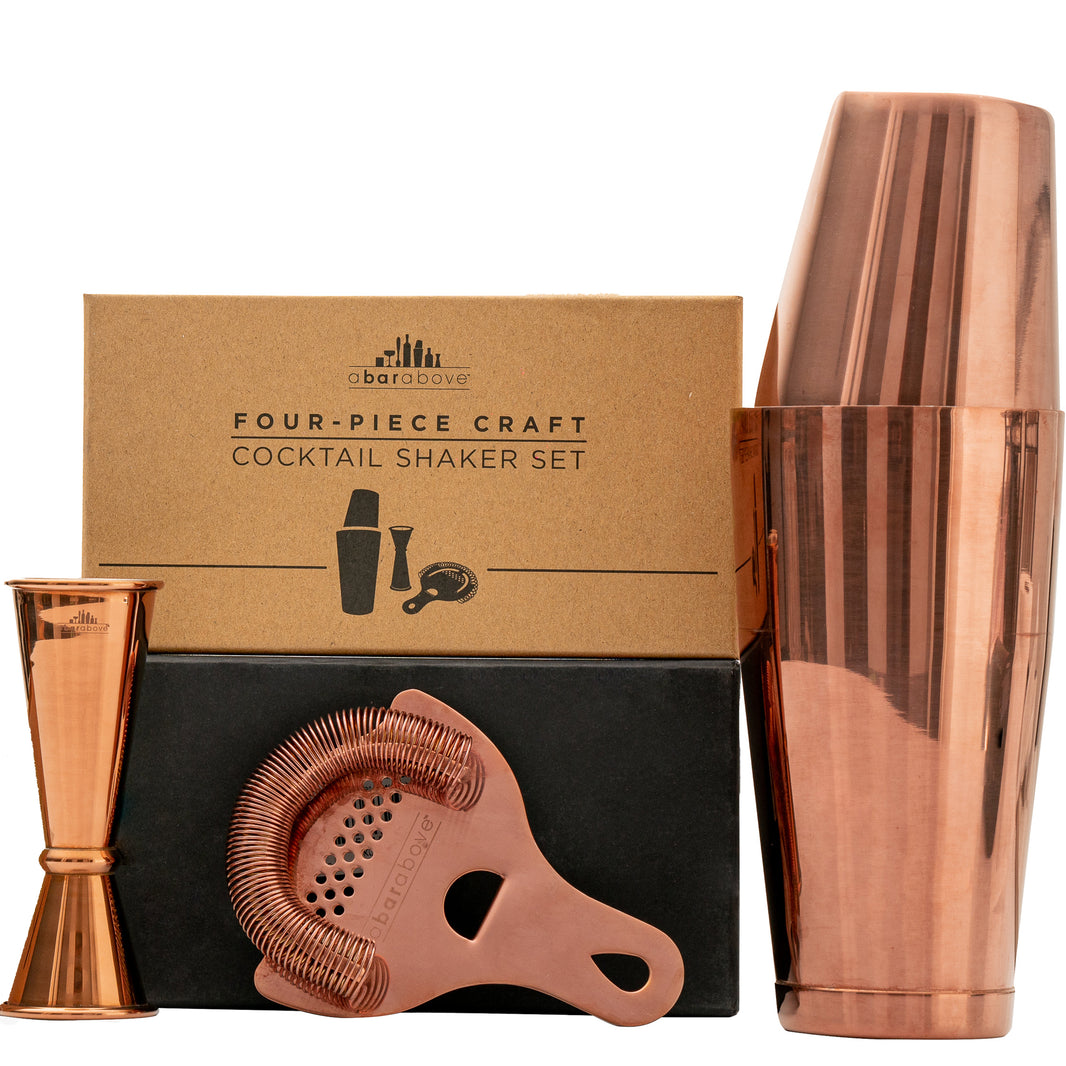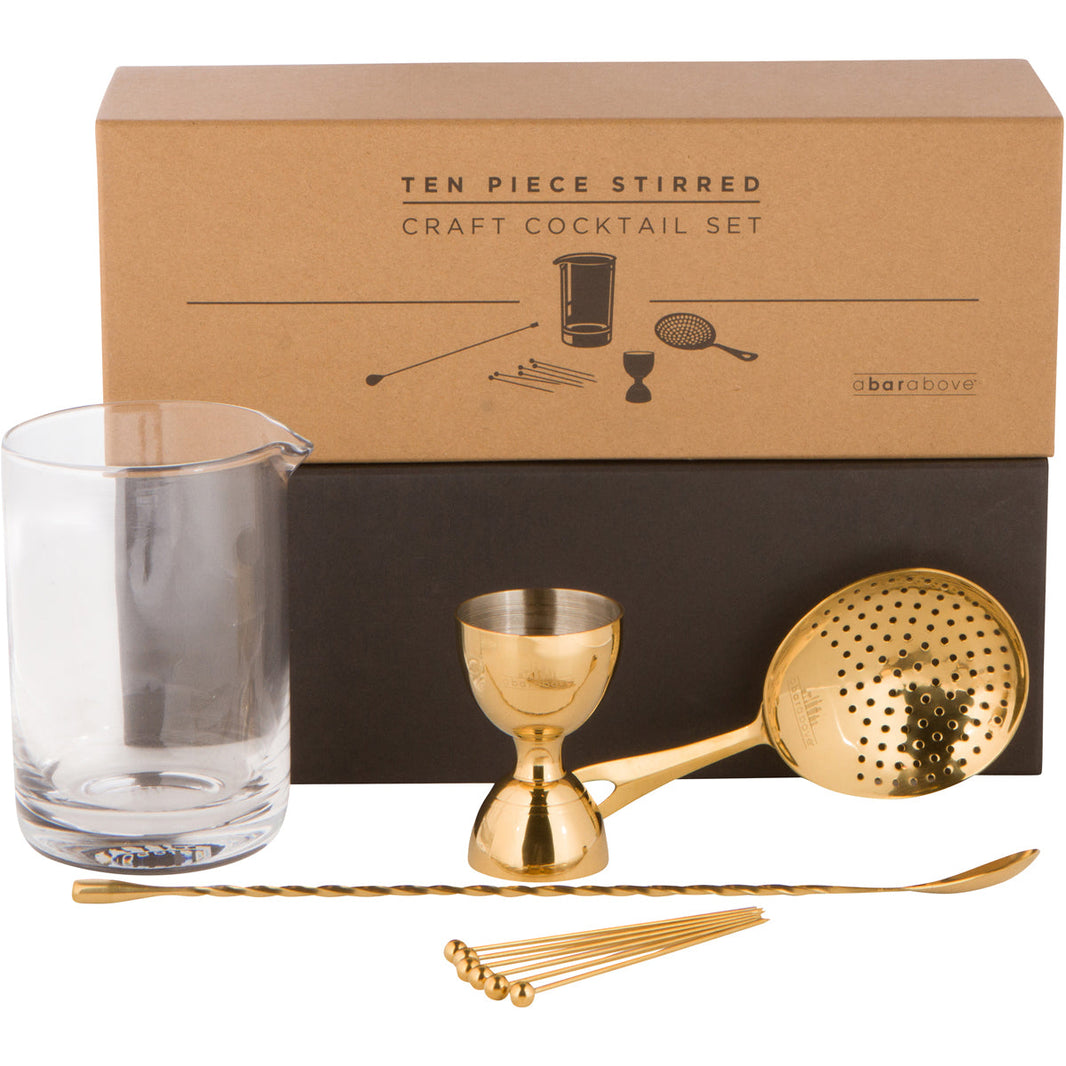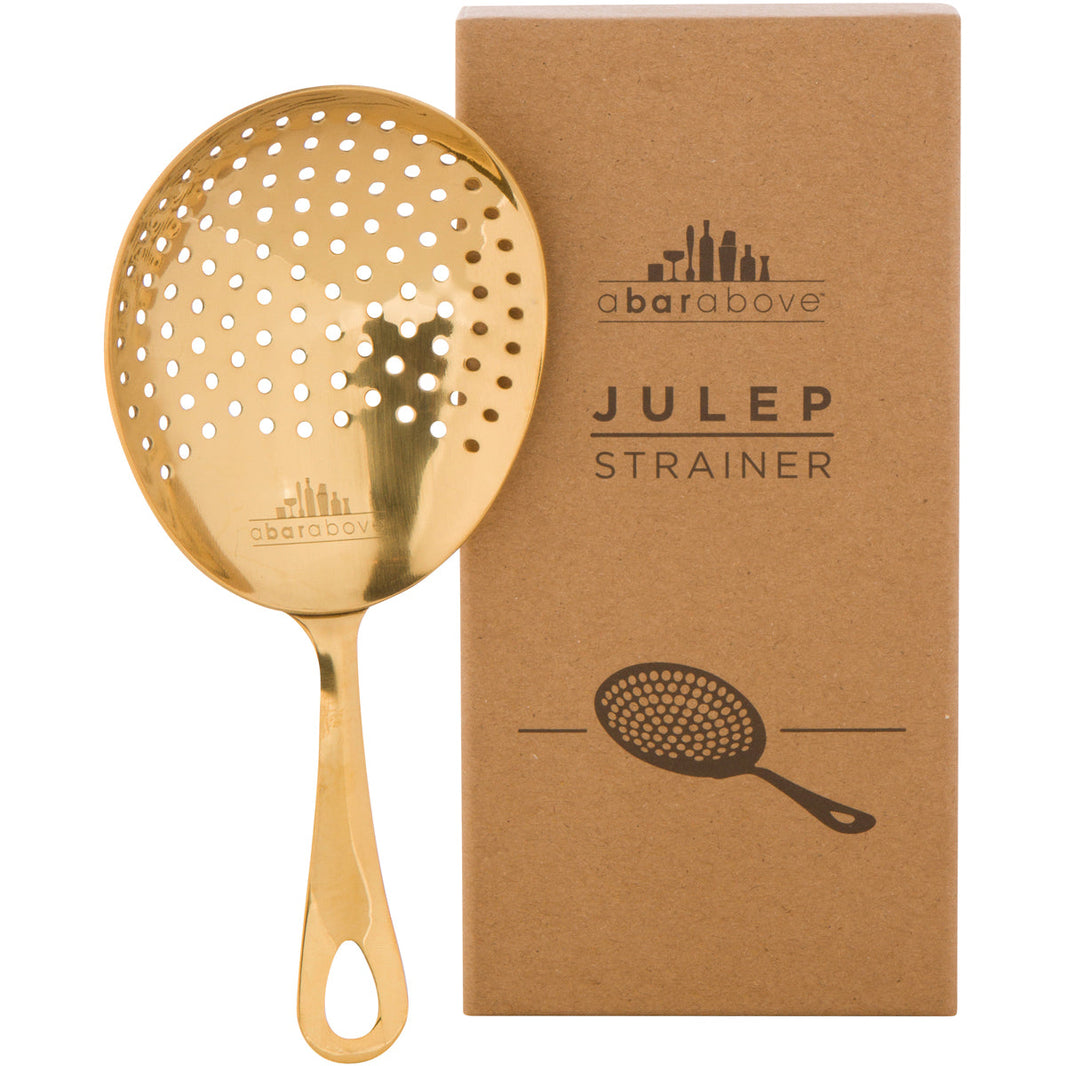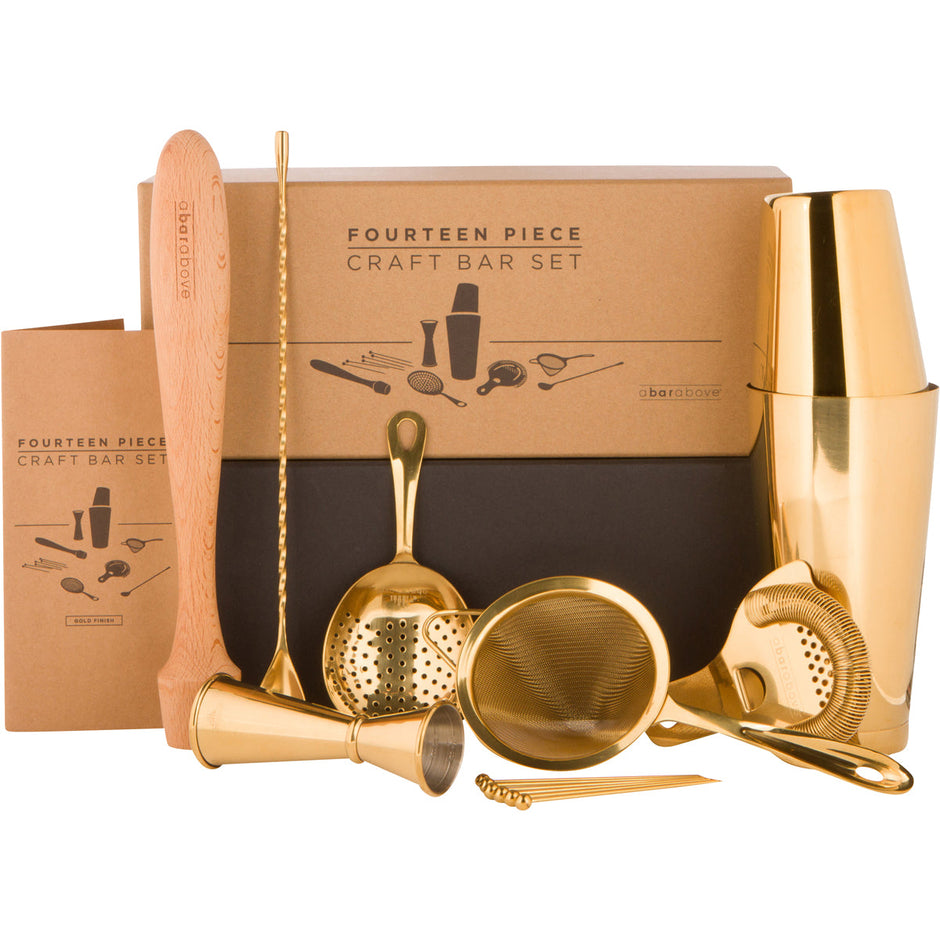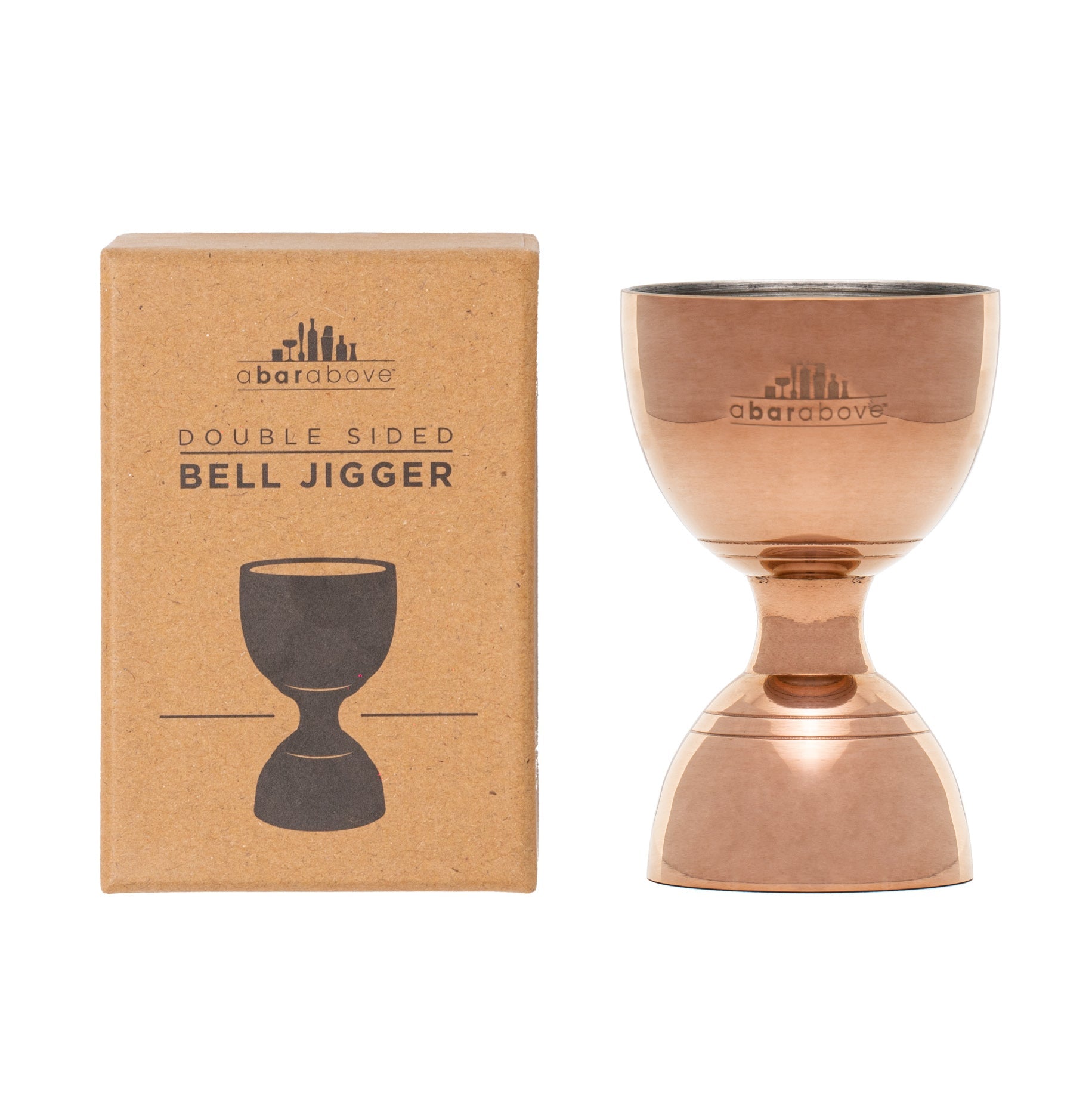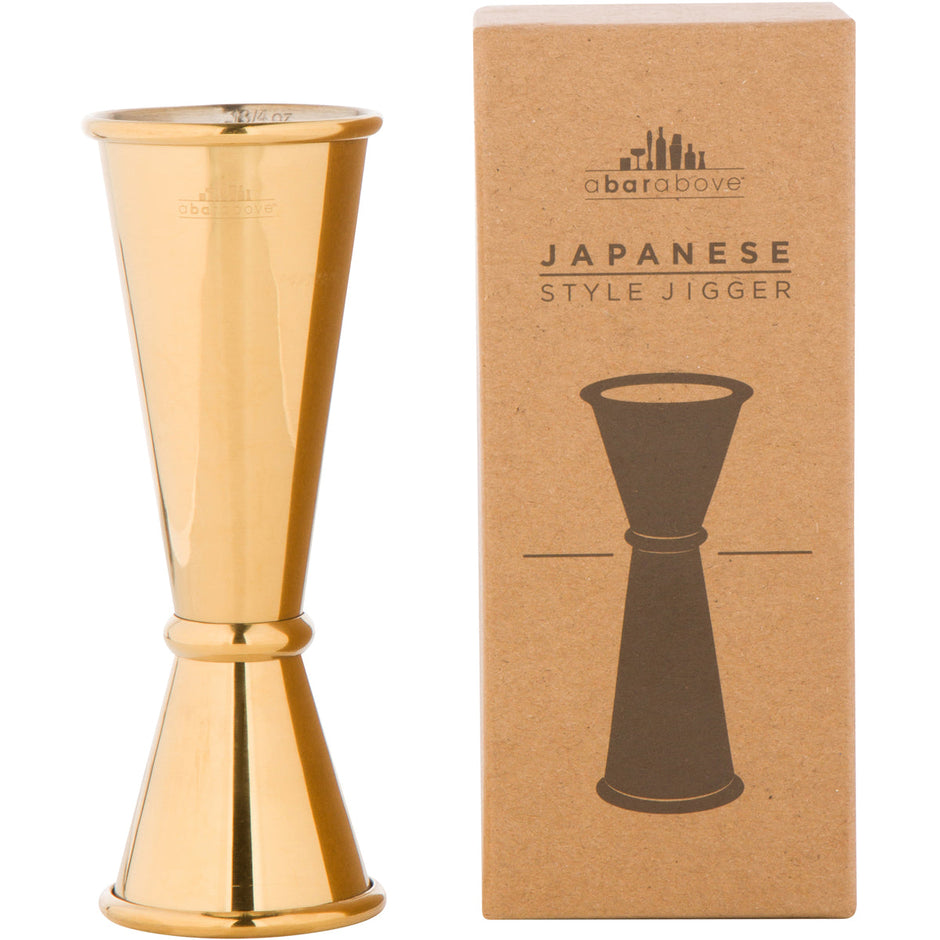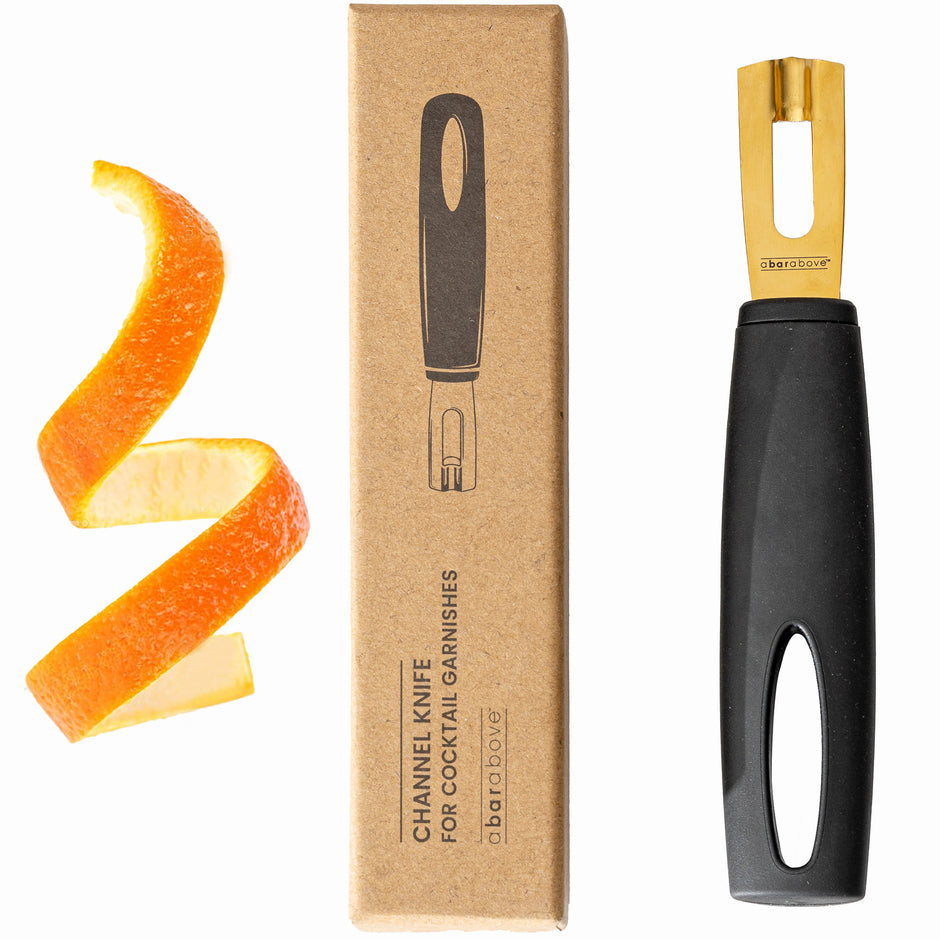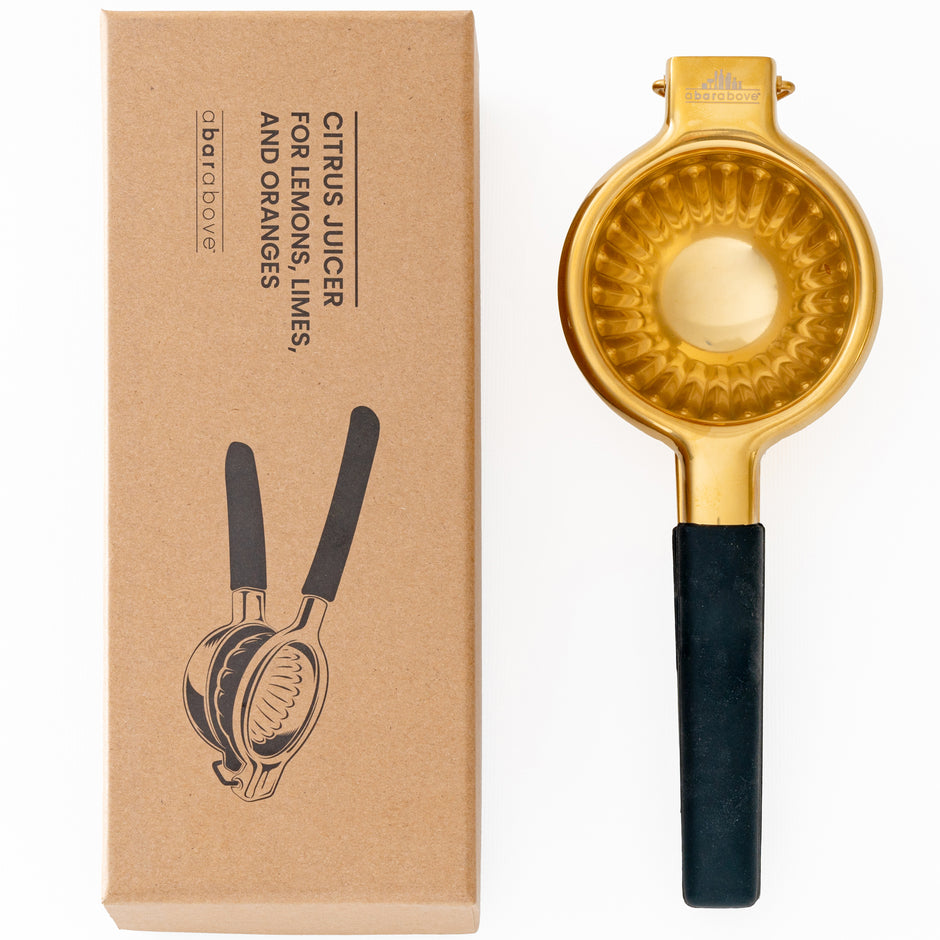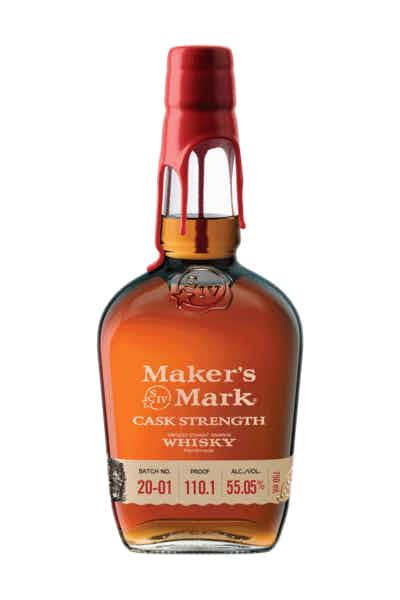Ever wondered in the heat of a bartending throwdown why one contender shakes their cocktail with gusto and the other just stirs casually? Yup, it ignites a real kerfuffle in the mixology realm. Knowing the ropes can seriously up your home bar game.
Think of it like having the right tools for a killer bake—only it’s your drink that’s getting all the love. Do you shake or stir your cocktail? We’ll explore that in detail here, and you’ll be mixing like a pro in no time.
Key takeaways
- Shaking is for cocktails with juices, creams, or eggs.
- Stirring is ideal for spirit-forward cocktails.
- Choose the right tools like a Boston shaker or bar spoon for the job.
- Technique affects flavor, temperature, and presentation of a cocktail.
What’s the difference between shaking and stirring a cocktail?
When diving into cocktail creation, the first thing you’ll learn is that mixing is a big deal. It’s not just about slamming ingredients together; it’s about method. Shaking a cocktail is all about energy.

It chills and dilutes your drink aggressively, typically for libations like the classic Margarita or a Cosmo that has juices, syrups, or cream. It’s a Hollywood favorite—you know, the bartender flinging a shaker with flair.
On the flip side, stirring is the cool and collected sibling. It’s the preferred method for drinks where clarity and delicacy reign supreme, think a suave Martini or an Old Fashioned. Stirring is gentle, it keeps the drink clear and preserves the silky texture most spirit-forward concoctions strive for.
Here’s a quick rundown on both techniques:
- Shaking:
- * Fast chills the cocktail
- * Dilutes the drink quicker
- * Incorporates ingredients thoroughly
- Stirring:
- * Delicate mixing method
- * Preserves clarity and texture
- * Ideal for ‘spirit-forward’ drinks
Check out the best Boston shakers to get you equipped for your next shake-up.
In my view, stirring and shaking are like the yin and yang of bartending. They both have their time and place. As someone who’s still learning the tricks of the trade, I’ve come to appreciate that technique matters as much as the ingredients you sling.
It’s pretty fascinating to watch experienced bartenders at work, deftly deciding whether to shake or stir based on the cocktail’s character.
“Every bartender, amateur or pro, has their share of mix-ups and moments of brilliance. To keep you more on the side of cocktail wizardry, here’s a handy table of do’s and don’ts that’ll have you navigating the world of mixology like a star.”
Remember that scene in “Casablanca” with the cool Rick Blaine pouring out wisdom and whiskeys? That smoky bar filled with intrigue wouldn’t have the same magic without the clink of a spoon against a glass. It’s the kind of atmosphere that tells you stirring is an art form, maybe one that doesn’t catch the eye as much as shaking, but just as critical for crafting that perfect sip.
And if you’re keen on adding some sophisticated flare to your drinks, explore the finest bar carts to showcase your mixology domains.
Why does technique matter in cocktail mixing?
When mixing drinks, technique plays a pivotal role in the final product’s taste and presentation. Different techniques can bring out unique flavors and textures that make or break a cocktail experience. For starters, shaking a cocktail usually aerates the liquid, creating a slight froth which is perfect for visually stunning serves.
Meanwhile, stirring maintains the density of the spirits, lending a more refined mouthfeel to drinks that are usually served neat or on the rocks.
Shaking is usually recommended for mixtures with a variety of elements, including:
- Dairy
- Juices
- Egg whites
- Cream liquors
Whereas stirring is generally reserved for cocktails that are:
- Spirit-heavy
- Meant to be crystal-clear
- Preferably served at a smooth, velvety temperature
Dive deeper into the art of cocktail presentation with tips on capturing the perfect drink shot.
What tools do you need for shaking and stirring?
Crafting cocktails like a pro means having the right gear. For shaking, it’s all about a solid shaker. There are two main types: the Boston shaker and the Cobbler shaker.
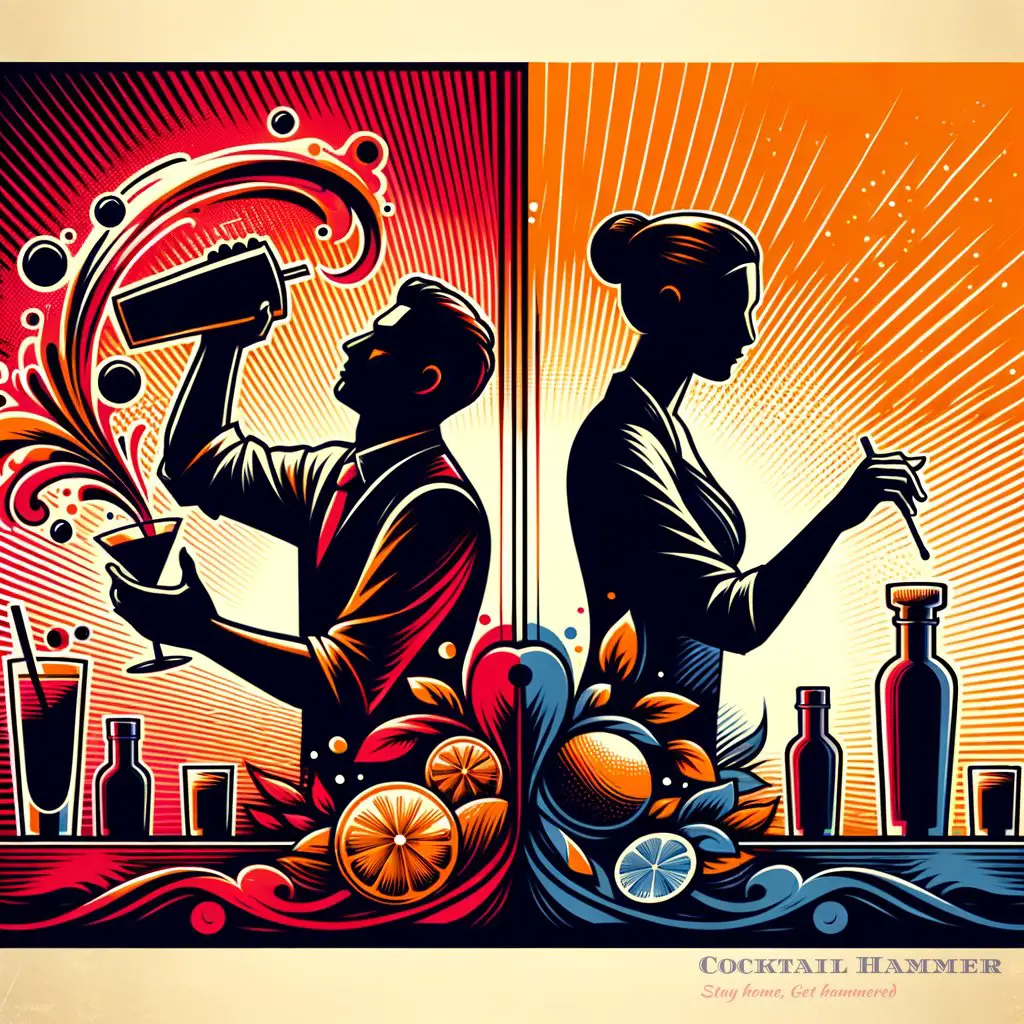
The Boston shaker is a two-piece ensemble consisting of a mixing glass and a metal tin, while the Cobbler shaker comes with a built-in strainer and a cap.
For stirring, you’ll need a long-handled bar spoon and a mixing glass. The spoon’s length allows you to stir without clumsily bumping your knuckles against the glass.
The right bar tools make all the difference, so it’s worth checking out necessary bar tools for your setup.
The science behind shaking and stirring
The science of mixology gets pretty precise. Shaking can dilute a drink by 20-30%, impacting the strength and flavor profile. Temperature-wise, shaken cocktails usually land within a range of 0-2°C after a good 10-15 seconds of shaking.
Stirring, however, will net you a cocktail that’s about 0-4°C after about 30-45 seconds of agitation.
These numbers aren’t just plucked from thin air; they come from understanding thermodynamics and how different ingredients meld when chilled or diluted. It’s a fascinating topic for sure, and if you’re into the geeky side of bartending, you might enjoy exploring how technology plays a part in modern cocktail creation.
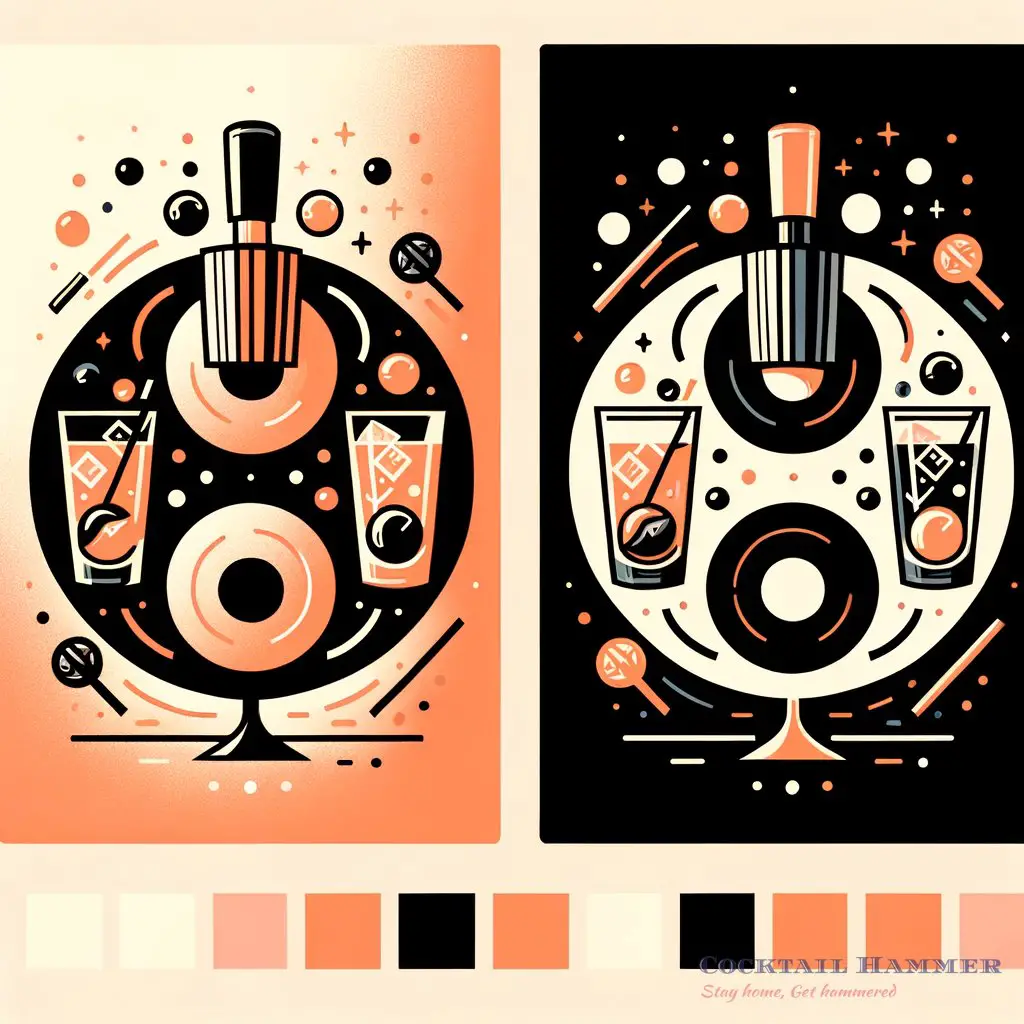
Popular cocktail recipes by mixing method
Next up, let’s pour out some numbers on the most popular cocktails and their preferred mixing methods. The Manhattan, with its whiskey and vermouth, is best stirred to maintain its smoothness, whereas the zesty Daiquiri thrives on being shaken. As for stats, roughly 75% of classic cocktail recipes call for shaking, while a suave 25% ask for the mellow touch of a stir.
Each cocktail has its own heritage and style, much like how certain dishes are best served hot or cold. For recipes that honor tradition with a twist, take a gander at creating historical liquors.
Before we concluded our stirring vs shaking showdown, let’s lay out some data on the mixing front. Understanding when and why each technique is used can be a game-changer for any budding mixologist. Here’s the lowdown on mixing methods and the cocktails they best serve:
| Mixing Method | Cocktail Example | Reason for Method |
|---|---|---|
| Shaking | Margarita | Combines diverse ingredients like juice and liquor evenly |
| Stirring | Martini | Preserves clarity and the integrity of spirit-based drinks |
Every bartender, amateur or pro, has their share of mix-ups and moments of brilliance. To keep you more on the side of cocktail wizardry, here’s a handy table of do’s and don’ts that’ll have you navigating the world of mixology like a star.
| Do | Don’t |
|---|---|
| Chill your glassware before serving | Over-shake cocktails; it can water them down |
| Measure ingredients for consistency | Stir too vigorously; you’ll bruise the spirits |
| Taste before you serve to ensure balance | Ignore the importance of fresh ingredients |
| Use fresh ice to avoid dilution | Use the wrong ice type for your cocktail |
More bartending tips
Beyond just shaking and stirring, there’s a whole shaker’s worth of tips to keep your bartending game on point. It’s all about finessing your craft, just like a chef mastering their knife skills or a painter their brush strokes. So, here are some more pointers for your trek to top-tier tippling:
- Always garnish appropriately—the right twist or herb can elevate your cocktail
- Keep your workspace organized; it streamlines the process and impresses guests
- Invest in quality spirits, they’re the foundation of any great cocktail
- Keep experimenting with new recipes and flavors–mixology is an art that thrives on creativity
- Master classic cocktails first to build a solid foundation for improvisation
- Attend workshops or classes to refine your techniques and expand your repertoire
- Connect with other mixology aficionados, you’ll learn a ton through exchanging ideas and experiences
If you are a visual learner, check out this video titled ‘What is the difference between shaking & stirring a cocktail? #shorts’
Frequently asked questions (FAQ)
Can any cocktail be shaken or stirred, or are there specific rules?
While many cocktails specify whether they should be shaken or stirred, some room for personal preference exists. However, a good rule of thumb is to shake cocktails that contain citrus, egg, or cream to ensure proper emulsion and stir cocktails that are primarily spirit-based to maintain their smooth texture.
Does the type of ice matter when shaking or stirring a cocktail?
Absolutely, the type of ice can greatly influence your cocktail. When shaking, larger, denser ice cubes are preferable, as they melt slower and chill the drink quickly without over dilution. For stirring, ice cubes should also be large and dense, ensuring the drink is chilled efficiently while maintaining a clear appearance.
How long should I shake or stir my cocktail for the best results?
For shaking, aim for a vigorous 10-15 seconds to properly dilute and chill the drink. When stirring, take a more leisurely approach, stirring for about 30-45 seconds. This ensures your cocktail is well-mixed, at the right temperature, and undisturbed by excess aeration or dilution.
Final thoughts
In the spirited world of cocktails, whether you choose to shake it up or keep it cool with a stir, each method unlocks its own magic in your drink. By now, you should feel more confident in your choice of technique, depending on the cocktail you’re crafting. Remember, the best drink is the one made with understanding, care, and just a splash of showmanship.
So go ahead, mix it up, and enjoy the journey of becoming a master home bartender.
Do you have a favorite cocktail recipe that you prefer shaken or stirred? Did I cover everything you wanted to know? Let me know in the comments section below. I read and reply to every comment. If you found this article helpful, share it with a friend, and check out my full blog for more tips and tricks on the art of mixology. Thanks for reading and here’s to your next remarkable concoction!



